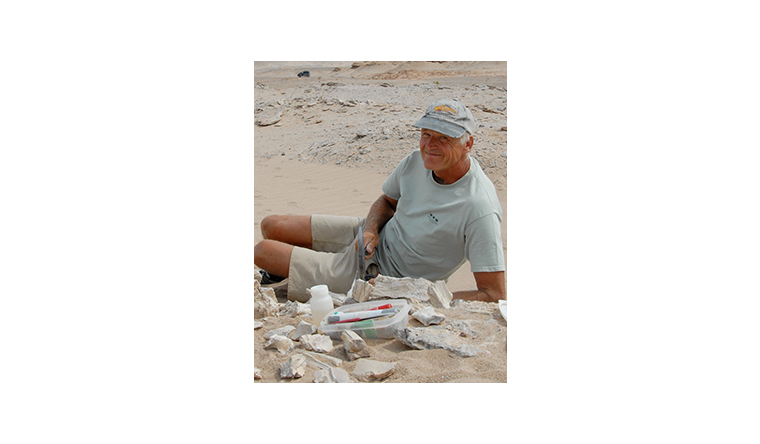
Philip Currie
Philip J Currie is an internationally renowned palaeontologist whose scientific accomplishments have led to a greater understanding of dinosaurs and their historic significance. He was instrumental in the development of Alberta's Royal Tyrrell Museum and has made major contributions to palaeontology on both the Canadian and the world stage through his extensive fieldwork, academic research, writing and teaching. He even has a dinosaur museum named in his honour in Wembley, Alberta, Canada. He is also a professor at the University of Alberta.

Largest T. rex specimen
Measuring c. 4 m (13 ft) tall and 12.5 m (41 ft) long – based on skeletal remains that are around 90% complete – "Sue" is widely considered to be the largest example of a T. rex found to date. The skeleton – the most intact T. rex on record – was excavated in the Hell Creek Formation in South Dakota, USA, on 12 August 1990, having been found by fossil collector Sue Hendrickson (USA). Another contender for the title is "Scotty" (pictured), which was discovered in the Frenchman Formation near Eastend in Saskatchewan, Canada, on 16 August 1991 by the then high-school teacher Robert Gebhardt (Canada). A study published in The Anatomical Record in April 2019 assessed the dimensions of the approximately 65% complete dinosaur and determined its body mass to be in the region of 8,870 kg (19,555 lb) – which would make Scotty more massive than Sue. The study's lead author, Dr W Scott Persons, estimates that Scotty stood around the same height as Sue, but was slightly longer at 13 m (42 ft 7 in) from head to tail tip.
Photo: Amanda Kelley



